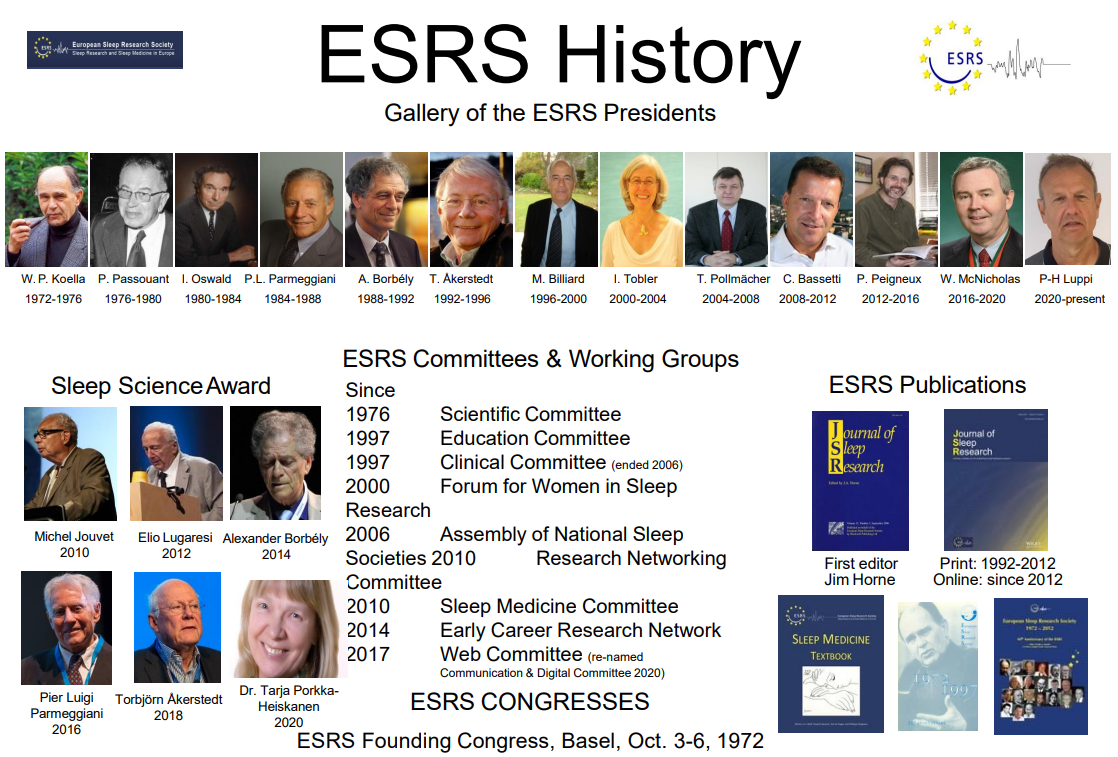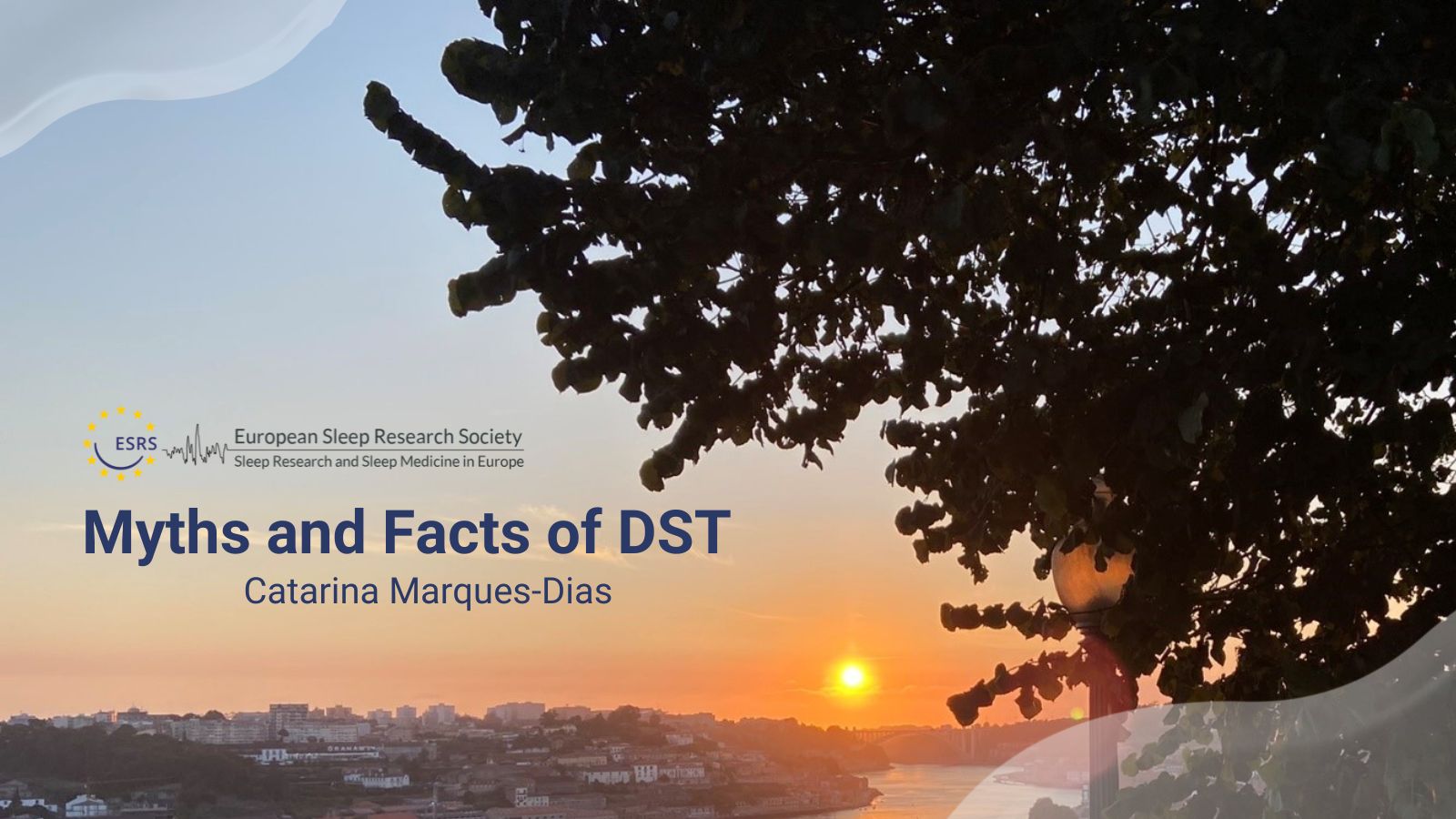The hard facts on the myths surrounding Daylight-Saving Time

Catarina M. Marques-Dias
MSc student in Molecular Biology and Genetics, currently learning about the importance and effects of sleep with Dr. Cátia Reis.
Our body clock, known as the circadian clock, is synchronized by light/dark signals from the solar clock. Additionally, there is a social clock: a local time that attempts to align social activities to the solar clock. Time-zones, artificial local time barriers, can result in large differences between solar and social clocks among countries. These differences are further amplified with the introduction of Daylight-saving Time (DST)!
In the northern hemisphere, with spring comes a longer light-period, to which our circadian clock progressively adapts. However, by the end of March, DST is imposed – social clock goes forward one hour (1h00→2h00) – increasing the misalignment between our solar and social clock. We sleep less, because we are waking up earlier, and our circadian clock is delayed, because there is more light at the end of the day!
Understanding the myths and facts related to DST is crucial to mitigate its impact – the days are not longer, we just get up earlier!
Myths and facts of DST
Myths:
- In DST we have longer days. False! Why? We just wake up earlier and have more light at the end of the day!
- DST has a good impact on mental health. False! Why? While some people can benefit from the increased light exposure which is related with the season, DST negatively impacts sleep time duration, affecting mental health!
Facts:
- Short sleep duration1 – around 1 hour
- More traffic collisions
- Increase of myocardial infarctions (4%-29%)2
- Mental health increase 2%-3%3
- Cognitive problems
Tips:
Try to adjust your schedule – implement an earlier sleep schedule before the transition to DST!
References
1Lahti et al. (2006). Transition to daylight saving time reduces sleep duration plus sleep efficiency of the deprived sleep. Neurosci Lett.
2Manfredini et al. (2018). Daylight saving time and myocardial infarction: should we be worried? A review of the evidence. Eur Rev Med Pharmacol Sci.
3Dijk, D.J.; Vandewalle, G.; Winnebeck, E.C.; Wright, K., Jr.; Blume, C. Consensus Summary of the Panel Discussion “Daylight Saving Time—Forever?” at the Meeting of the European Sleep Research Society 2018.
If you would like to find out more about the effects of changing the clock, the SRBR has complied a range of resources here.
Recent publications from ESRS members
- Olszewska et al. (2024). Consensus Statements among European Sleep Surgery Experts on Snoring and Obstructive Sleep Apnea: Part 1 Definitions and Diagnosis. J Clin Med.
- Rodriguez Alcala et al. (2024). Use of Ultrasound to Verify the Impact of Telemedicine Myofunctional Therapy on Sleep Apnea Syndrome: Study Protocol Proposal. Life (Basel).
- Valderrama-Penagos et al. (2024). Ankyloglossia in Children, a Cause of Obstructive Sleep Apnoea: Case Report of Paediatric Ankyloglossia and Sleep Apnoea: DISE Resolves the Mystery. Children (Basel).
- Simonet et al. (2024). The Motor Dysfunction Seen in Isolated REM Sleep Behavior Disorder. Mov Disord.
- Hartley et al. (2024). Revised European guidelines for the accreditation of sleep medicine centres. J Sleep Res.
- Randerath, Baillieul and Tamisier. (2024). Central sleep apnoea: not just one phenotype. Eur Respir Rev.
- Ucak et al. (2024). Heart Rate Variability Analysis in Obstructive Sleep Apnoea Patients with Daytime Sleepiness. Sleep.
- Parry et al. (2023). Critically-timed sleep+light interventions differentially improve mood in pregnancy vs. postpartum depression by shifting melatonin rhythms. J Affect Disord.




